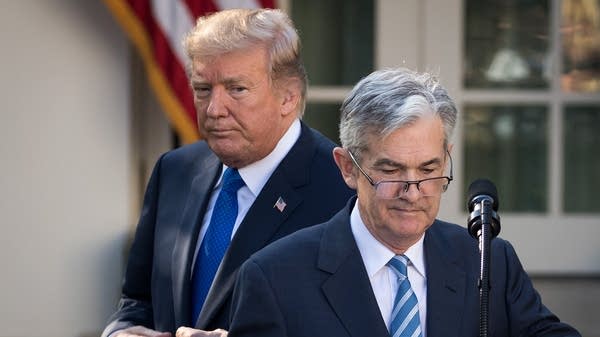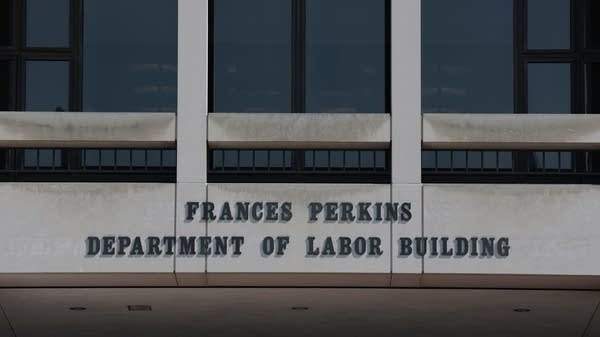The dollar's value has declined by 10% this year. What's going on?
The U.S. economy is still a good investment, if you look at growth and high interest rates, but investors are rattled by high tariffs and high deficits.

It’s been a rough few months for the greenback, the U.S. dollar — generally thought of as a safe haven in times of economic and geopolitical turmoil.
But it hasn’t been like that lately. The dollar had a big rally right after President Donald Trump was elected — with investors anticipating a return to lower U.S. interest rates and higher corporate profits.
Instead, as the trade war has heated up, and deficits look to go higher, the dollar has cooled. The U.S. Dollar Index, measuring the U.S. currency against a basket of six major currencies, is down about 10% since January, and — with blips and bumps — just keeps edging lower week after week.
At the beginning of the year, the dollar started sliding, pointed out Jonas Goltermann at Capital Economics.
“This is the worst start to the year for the dollar since 1973, the year that Nixon took the U.S. off gold,” said Goltermann. “It does feel like a turning point, and that the dollar’s probably now in a downward trend on a multi-year horizon,” he said.
This downward move is somewhat counterintuitive. Financial conditions right now would actually tend to support a higher dollar.
Typically, a country’s currency rises when its interest rates are higher than its competitors, meaning its economy is running hotter. Investors plow into those assets to get a higher return and more growth potential.
The U.S. does have high interest rates, and our economy is doing better than most others. But, said Joseph Gagnon with the Peterson Institute for International Economics, “the correlation between strong U.S. economy, high U.S. interest rates and the strong dollar seems to have broken.”
Instead, he said, U.S. tariff and trade policy is canceling out those traditional factors.
“If you have policies that foreigners think don’t make sense and you’re actually having an out-of-control fiscal deficit, downgrading of U.S. credit rating, and just blaming foreigners — as a foreign investor, why would you want more money in the dollar, in the U.S.?” Gagnon said.
Going forward, investors see a lot of unknowns, including, says Jennifer Lee at BMO Capital Markets, what the Fed will do — or may be pressured to do — about interest rates.
“Threats against Fed Chair Powell and the independence of the Fed — that’s weighing on the U.S. dollar as well,” said Lee.
Add it all up, and the dollar doesn’t look so attractive to investors outside the U.S., said Scott Ladner at Horizon Investments.
“International holders of U.S. financial assets — $30 trillion worth of U.S. stocks, Treasuries and corporate bonds — we do believe that they’ve started hedging that exposure,” said Ladner.
Selling off dollar-denominated holdings and shying away from new ones — despite the U.S. still offering high interest rates and decent prospects for growth.













